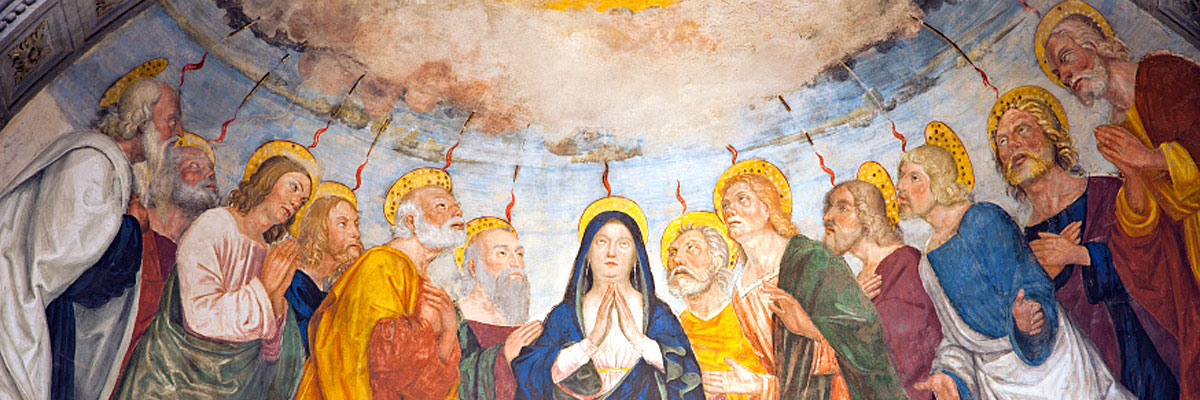
Understanding Our Church
A Treasury of Arkansas Writers Discussing the Catholic Faith
Official Website of the
Catholic Diocese of Little Rock
Praying the Scriptures adds an ancient tradition to reading, study
Published: October 5, 2002
By Father Raphael Kitz, OCD
In the last paragraph of Vatican II’s document on divine revelation there is an important recommendation. It says: “By reading and study of the sacred books, the word of God may speed on and triumph (2 Th 3:1), and the treasure of revelation entrusted to the Church may more and more fill the hearts of men and women.” The holy Scriptures tell us, from one end to the other, who God is and who we are in relation to him. God speaks to us, and we respond to his word.
When we read sacred Scripture, there is between God and ourselves a dialogue, a loving conversation. In the opening lines of the letter to the Hebrews, the author says: “Long ago God spoke to our ancestors in many and varied ways through the prophets, but in these last days he has spoken to us by a Son …”
The entire Old Testament is tending to the final and definitive revelation of God in his son, our Lord Jesus Christ. The writers of the New Testament continuously revolve around this inexhaustible mystery of God’s son in order to glimpse and proclaim to us some aspect of who this Jesus Christ is. How often in the Gospels we hear the question: “Who, then, is this?” “Who is this that forgives sin?” “Who is this that the winds and the waves obey him?”
Even Jesus himself puts the question to his disciples when he asks, “And who do you say I am?” In our daily journey to eternal life, we must ask again and again: “Who is this Jesus?” We must also ask, “Who am I in relation to him?” Vatican II tells us not only to read and study the sacred Scriptures, but we are to pray them in the liturgy of the Eucharist and the hours. An ancient tradition in the Church is called Lectio Divina. It means praying with the Scriptures.
There are countless examples of this form of prayer in the lives of the saints. One example of Lectio Divina is found in the life of St. Teresa of Avila, doctor of the Church. Teresa was a master of prayer, and she taught it to her nuns from its smallest beginnings to its full flowering. She states that there are two pillars of prayer based on two questions: 1. “To whom do we pray?” and 2. “Who are we that speak and converse?”
A new phase is expressed when St. Teresa writes, “Prayer, in my opinion, is nothing else than an exchange among friends. It means taking time to be alone with someone who loves us.” St. Teresa is constantly quoting the Scriptures, and she thinks of the Gospels as the very words coming from the mouth of Christ. One of the aspects of the inexhaustible mystery of Christ, Teresa discovered, was that the Lord was her friend; that he loved her.
As we study, read and pray the sacred Scriptures, all the treasures of wisdom and knowledge hidden in Christ are available to each one of us. Vatican II’s recommendation to us in the document on divine revelation is a great invitation to partake in the wonderful mystery of Christ. If we accept the invitation, it brings us closer to being able to answer with great love and assurance the tremendous question Jesus asks of us: “Who do you say that I am?”



